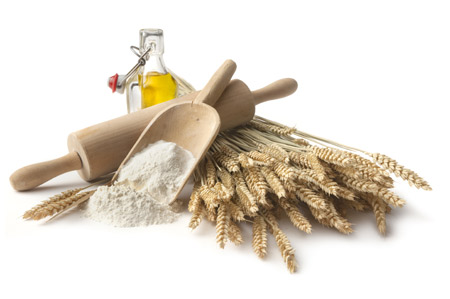 (Bloomberg) – With a freeze across the central and southern U.S., snow in Boston and the threat of more cold later in the month, the promise of an early spring has become a bit chilled. In the southern Great Plains, where a blast of warmth has arrived, there is now another threat: wildfires.
(Bloomberg) – With a freeze across the central and southern U.S., snow in Boston and the threat of more cold later in the month, the promise of an early spring has become a bit chilled. In the southern Great Plains, where a blast of warmth has arrived, there is now another threat: wildfires.
The National Weather Service posted “red flag” fire warnings for 11 states from South Dakota to Texas and part of Florida. Critical conditions caused by warm, dry weather and high winds were forecast to continue through Wednesday, the U.S. Storm Prediction Center said.
“Any fires that develop will likely spread furiously and burn intensely,” the weather service said Monday.
As spring began in the U.S., Boston got about 3 inches (8 centimeters) of snow Monday and its suburban areas more before the skies cleared. Snow capped the daffodils that had begun to bloom in New York, but the weekend chill throughout the Northeast didn’t last long enough to do much damage.
‘Bigger Concerns’
“We dodged it for two reasons,” said David Robinson, New Jersey state climatologist based at Rutgers University. Spring growth “is not as far along in the Northeast and the cold was not that exceptionally cold. There are bigger concerns elsewhere in the nation.”
Frost advisories, freeze watches and warnings extended from Mississippi into North Carolina and northern Florida until Tuesday morning, the weather service said.
Temperatures fell to damaging thresholds over the weekend on 67 percent of the U.S. hard red winter crop, said Mike Tannura, owner of Chicago-based T-storm Weather LLC. In Oklahoma, for example, temperatures dropped below 32 degrees Fahrenheit (0 Celsius) for 30 to 40 hours in many places and down to 24 degrees, the level of a hard freeze, for almost a day, said Gary McManus, state climatologist.
“The chance that there was damage to the wheat is probably significant,” McManus said. Gauging the total extent of damage will probably take about a week or so.
Across the Midwest and Plains, farmers looking to get an early start to the growing season were probably given pause by the cold and the forecast for more, said David Streit, co-founder of Commodity Weather Group LLC in Bethesda, Maryland. There is a potential for cold starting this weekend through the beginning of April.
“Anyone who was crazy enough to plant at this point, I am sorry for them,” Streit said.
Heat First
Before the cold begins, however, in Oklahoma as well as across the Plains, heat has snapped back and highs in the 70s and 80s are possible through the middle of the week, the weather service said.
The fire threat is worse this year because last year was so wet, McManus said. The rain that washed away drought across Oklahoma brought forth a bounty of vegetation, all of which is dead or dormant now and just waiting to burn. The winter, which was the state’s fourth-warmest, also helped usher in the start of another round of drought for the northern and western counties, he said.
Oklahoma Drought
More than a third of the state is abnormally dry or in drought, according to the U.S. Drought Monitor in Lincoln, Nebraska. Three months ago, there wasn’t a parcel in need of water.
“The fire danger is part of our natural climate here, but things are worse this year,” McManus said.
What the region needs are some warm rainy days to quench the parched soil and to keep the frost at bay.
Once the plants start to “green up,” the fire season usually ends and things can get back to normal, McManus said.




